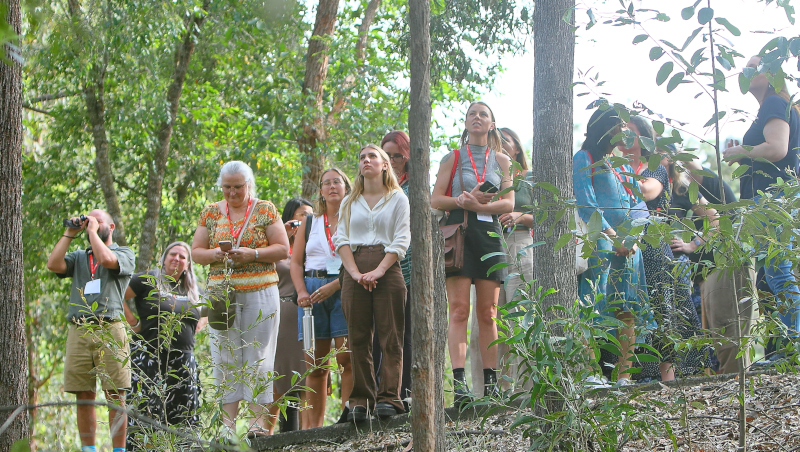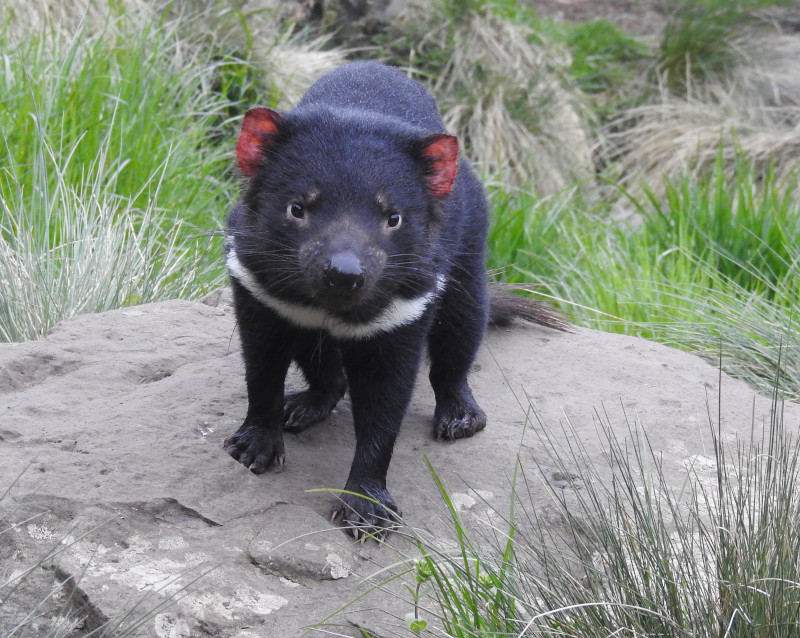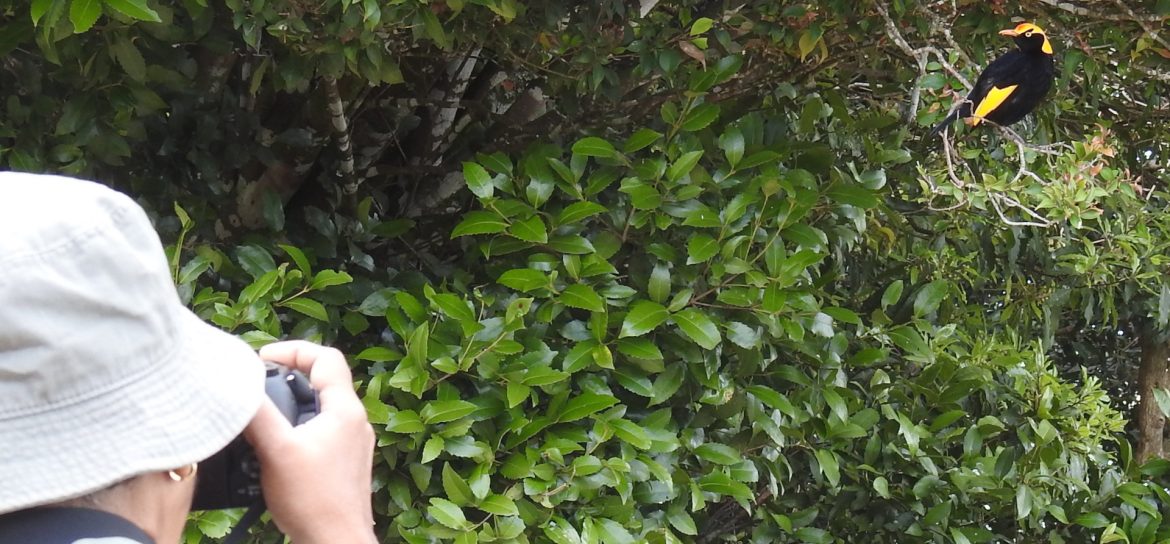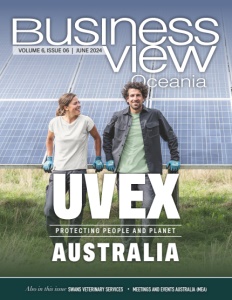Wildlife Tourism Australia’s (WTA)
Wildlife Tourism Meets Eco-tourism
Offering wildlife enthusiasts an unmatched tourism experience
At a time when conservation and tourism intersect, Wildlife Tourism Australia (WTA) has emerged as a pioneering organization that promotes sustainable wildlife tourism. Founded in the early 2000s, WTA has become vital for conservationists, eco-tourists, and wildlife enthusiasts. Ronda Green, Chair of WTA, highlights the organization’s history, mission, challenges, and remarkable impact on wildlife tourism in Australia and beyond.
Founding and evolution
The roots of Wildlife Tourism Australia can be traced back to the 1990s when various Cooperative Research Centres (CRCs) across Australia were established. The centers focused on diverse fields such as the rainforest and economic studies. Among them was the Cooperative Research Centre for Sustainable Tourism, headquartered at Griffith University’s Gold Coast campus. The CRC involved universities and the tourism industry across Australia, and Ronda Green, an academic and wildlife tour operator, was invited to participate.
Reflecting on those early days, Green recalls, “I was pleased to be part of the research team. We produced reports on birdwatching tourism in Australia and the negative and positive impacts of wildlife tourism on wildlife. Among other studies, we conducted a significant survey on kangaroo-based tourism in Australia.”
The momentum from the collaborative efforts culminated in Australia’s first wildlife tourism conference in Tasmania in 2001. The need for a dedicated association focused on wildlife tourism became evident after three days of discussions and presentations. Thus, Wildlife Tourism Australia was born and officially incorporated in 2002-2003.
Mission and mandate
Initially, WTA’s mission statement was quite comprehensive: promoting the sustainable development of a diverse wildlife tourism industry that supports conservation. Over time, this evolved into a more concise mission: supporting environmentally sustainable wildlife tourism.
Green elaborates, “Our main idea is to promote and assist wildlife tourism that first does no harm and has no major impact on wildlife and habitats. We especially promote those assisting biodiversity, like eco-lodges that regenerate native habitat on their properties or involve tourists in citizen science and conservation efforts.”
A critical component of WTA’s mission is education and interpretation. Green emphasizes, “Good quality interpretation of wildlife, not just naming things, but enhancing the understanding of animals in their ecosystems, is vital. We also address conservation issues and what actions can be taken to mitigate these challenges.”
One of the most significant aspects of WTA’s mandate is its focus on ensuring minimal impact on biodiversity. This involves strict guidelines for tour operators and wildlife parks, ensuring their activities do not harm the wildlife or their habitats. Green says, “It’s impossible to have no impact at all, but we strive for minimal impact. Even when wildlife tourism has some effect, it’s often better than the alternative, such as clearing land for agriculture or industry.”

Challenges and opportunities
WTA faces several challenges, ranging from public liability insurance to balancing tourism with conservation. Public liability insurance has become a significant hurdle, particularly for private landowners who could benefit from hosting wildlife tourism but are deterred by the high insurance costs.
Green explains, “Public liability insurance has become very expensive, and many operations have struggled or closed. We want to encourage landowners to maintain wildlife habitats by allowing tourism, but the insurance costs make it unfeasible for many.”
Another challenge is the encroachment of development into protected areas. Despite the recommendation by the International Union for Conservation of Nature (IUCN) to protect 17% of land, Australia still falls short. Recent legislation allowing accommodation within national parks has raised concerns about the scale and impact of these protected areas.
However, opportunities abound as well. Green highlights the potential for diverse wildlife tourism, especially in regional areas showcasing lesser-known species like the numbat in Western Australia. Promoting such diversity can benefit remote communities economically and foster a greater appreciation for Australia’s unique wildlife.
Moreover, WTA aims to address the challenges of over-tourism and its impact on local communities. Green notes, “There are places where over-tourism has led to the local community feeling crowded out and their lifestyle being impacted. We try to find a balance that benefits all stakeholders, including the local residents, the tourists, and most importantly, the wildlife.”
Engaging with members and the global community
WTA actively engages its members through bi-monthly newsletters, biennial conferences, and various workshops and webinars. Reports from these events are publicly available on the WTA website, providing valuable resources for members and non-members.
Green notes, “Our last conference in November 2022 focused on how wildlife tourism can assist wildlife. We had diverse participants and produced a detailed 60-page report available for free on our website. We also maintain a comprehensive list of academic literature and guidelines for wildlife tourism, aiming to make these accessible to everyone, from academics to local guides.”
One of WTA’s significant international efforts is its collaboration with the IUCN’s TAPAs (Tourism and Protected Areas) Biodiversity Working Group. Green, who chairs this group, describes their goal of collating wildlife guidelines worldwide. “Wildlife guidelines are not a one-size-fits-all. What works for gorillas and chimpanzees differs from what will work for baboons or vervet monkeys. We aim to make these guidelines widely available, promoting them globally on social media and through global tourism organizations.”
Citizen science
A cornerstone of WTA’s approach is involving the community and tourists in conservation efforts. This includes promoting citizen science projects where tourists can contribute to data collection and wildlife monitoring.
Community involvement extends beyond just tourists. WTA works closely with local communities to ensure that wildlife tourism benefits them economically and socially. This includes training local guides, promoting local crafts, and encouraging the development of community-based tourism projects. “It’s essential that the local communities see the benefits of wildlife tourism, not just the tourists. This way, they are more likely to support conservation efforts and protect their natural heritage,” Green emphasizes.
One of the standout examples of WTA’s impact is the bat hospital in Northern Queensland. The facility cares for injured and orphaned flying foxes and other bats, most of which are rehabilitated for release back into the wild. Tourists can visit the hospital, learn about bat conservation, and even participate in hands-on activities like preparing food for the bats.
Green describes the experience as “quite a spectacle to watch the bats at dusk. First, a few make experimental circles, and then more and more take off until thousands are in the air. Tourists get to witness this natural event and learn about the vital role bats play in the ecosystem and the threats they face.”
The model of integrating wildlife conservation with tourism is a win-win. It provides financial support for conservation efforts while educating the public and fostering a deeper connection to wildlife.
Future vision and impact
Looking ahead, WTA aims to continue promoting wildlife tourism that balances economic gain with conservation and animal welfare. Green underscores the importance of this balance, stating, “We want to promote wildlife tourism that supports biodiversity conservation and animal welfare while also benefiting local communities and tourism operators.”
A significant part of this vision involves educating tourists and operators about sustainable practices and the positive impact on conservation. Furthermore, WTA is focused on diversifying the types of wildlife tourism available, particularly in regional and remote areas. By promoting lesser-known species and destinations, they aim to spread the economic benefits of tourism more evenly and reduce pressure on popular sites.

Expanding globally
WTA’s influence is not confined to Australia. The organization has been instrumental in setting up international wildlife tourism guidelines and best practices. Recently, Green was invited to Japan to discuss sustainable wildlife tourism and help form a Japanese chapter of Wildlife Tourism Australia. The global expansion reflects the universal relevance of WTA’s mission and its success in promoting sustainable wildlife tourism practices.
Green shares her excitement about the development, “Forming a Japanese chapter of WTA is an exciting step. It allows us to share our knowledge and experience on a global scale, promoting sustainable wildlife tourism practices beyond Australia.”
Addressing conservation through education
Education is a critical component of WTA’s strategy. The organization emphasizes the importance of high-quality interpretation in wildlife tourism, ensuring that tourists leave with a greater understanding and appreciation of the wildlife they encounter. This includes educating tourists about conservation issues and what they can do to help.
Green explains, “We try to give a positive message about conservation. For example, reducing single-use plastics can help protect marine wildlife from ingesting plastic waste. It’s about making people aware of the impact they can have and encouraging them to take action.”
Promoting research and academic collaboration
WTA continues to foster strong ties with the academic community. The organization supports research on wildlife tourism and its impacts, providing valuable data that can inform conservation strategies and tourism practices. The research is made accessible to the public through WTA’s website, ensuring it benefits a broad audience.
Green notes, “Our collaboration with universities and researchers is crucial. It allows us to stay at the forefront of wildlife tourism practices and ensure our guidelines are based on the latest scientific evidence.”
Wildlife Tourism Australia stands as a testament to the power of collaborative efforts in conservation and tourism. Under Green’s leadership, WTA has promoted sustainable wildlife tourism and fostered a deeper understanding and appreciation of Australia’s rich biodiversity. As the organization continues to address challenges and seize opportunities, its mission remains clear: to support wildlife tourism that benefits all stakeholders, from wildlife to the communities and tourists who cherish these natural wonders.
“We want to awaken people to the pleasures of exploring wild areas and understanding the intricate ecosystems that sustain them. Through responsible wildlife tourism, we can ensure that these incredible experiences are available for future generations.”
AT A GLANCE
Wildlife Tourism Australia
What: A not-for-profit organization dedicated to promoting sustainable wildlife tourism, supporting tourist operations, educators, researchers, businesses, and societies committed to conserving wildlife and their habitats.
Where: Australia
Website: https://www.wildlifetourism.org.au/




 This information will never be shared to third parties
This information will never be shared to third parties